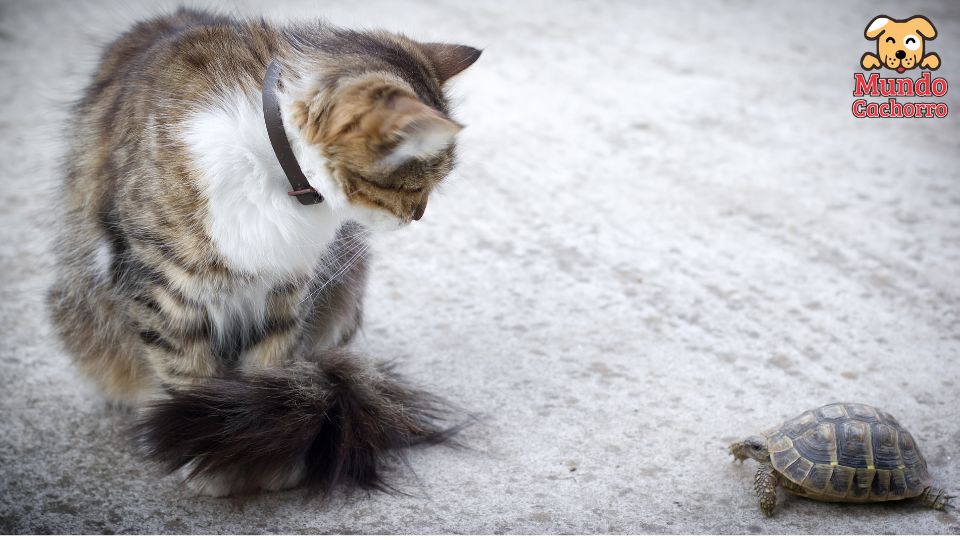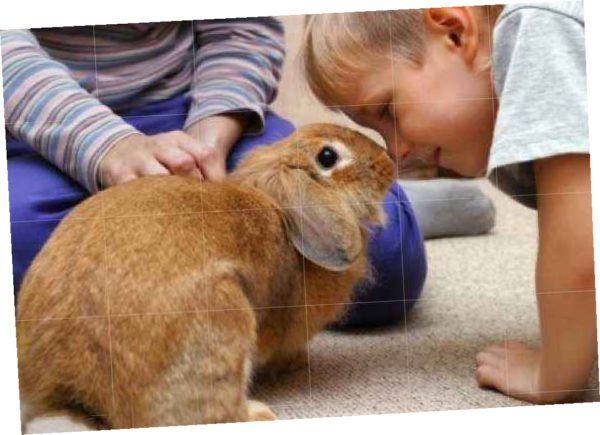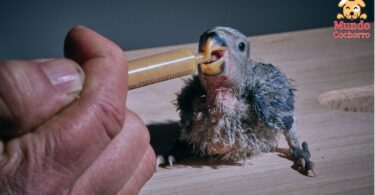Indice
Living with a pet, whether furry, feathered or scaly, is one of the best experiences a human being can have in life. And it is during this coexistence that the person learns more about himself and his other animal companions.
It is inevitable for any animal lover to fall for the charms and curiosity transmitted by the pets around them, especially when they exhibit certain eccentric behaviors that humans find most intriguing. To solve some of the doubts that keep you awake at night, here are 3 strange pet behaviors explained by experts.
The relationship of birds with mirrors
For those who share their life with a bird, the concern as to why their feathered companion seems extremely interested in mirrors and their reflection can lead to deep concern or pure curiosity. All this because birds can have two very common opposite reactions when looking in a mirror: aggressiveness or a friendly attitude.
Bob Mulvihill, an ornithologist at the National Aviary in Pittsburgh, explains that this happens because the bird sees its reflection as a competitor (aggressive behavior) or a potential friend (friendly behavior), without being able to identify that it is itself. Mulvihill comments that self-recognition is rare in animals, and that among birds only pigeons and magpies are able to understand that the animal reflected in the mirror is themselves. In parrots, despite their great intelligence, it is not known if they also possess this quality.
Visual stimulation in cats
For cat owners, it is not uncommon to witness unusual behaviors initiated by some type of stimulation in their kitty. When cats watch animals such as birds or squirrels through the window, or see a video or image with these elements, it is impossible for them not to get excited and try to reach the target of their excitement; often ending up, in the case of videos, with a bitten or scratched computer.
3 cat behaviors explained by an expert
Among the rare behaviors in pets, this is usually one of the most frightening for people, as it can often lead to redirected aggression on the part of the feline.
One of the biggest concerns for cat owners is whether visual stimulation of this kind causes frustration or is detrimental to the kitty’s health; John Bradshaw, a cat behavior expert at the University of Bristol in the UK, explains that while cats may become upset at not being able to reach what stimulates them, this does not become detrimental to their health. However, Bradshaw stresses the importance of leaving toys near the cat so it can redirect its energy.
Why do dogs urinate in their food bowls?
Dogs are well known for their tendency to urinate and give their owners mini-strokes when they do it on furniture, but why do they urinate on their food bowls? The response to this unusual canine behavior, according to Leticia Fanucchi, an animal behaviorist at Washington State University, is due to stress and the canine’s need to mark its territory.
This behavior appears mostly in homes where more than one dog lives together, and where eating space is usually shared. When the dog feels uncomfortable with the odors or the presence of his other canine companions, he urinates in his dish as a way of saying “this is mine”.








